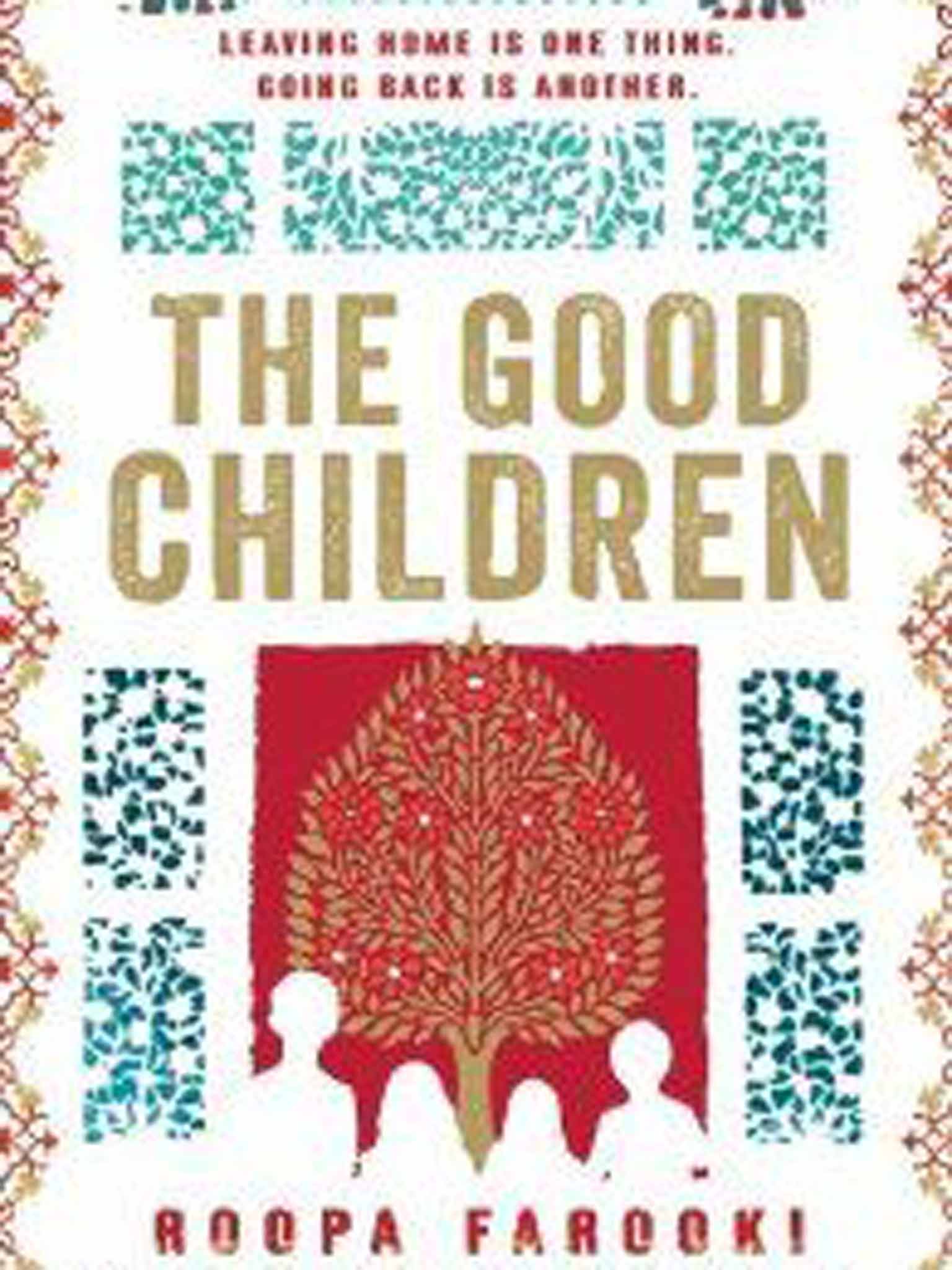The Good Children by Roopa Farooki - book review: 'Family saga with a wicked witch at its heart'

Roopa Farooki's sixth novel is a family saga sprawling across three continents and three generations. The story follows four siblings in a back-and-forth interweaving narrative, from a childhood in Lahore in the Thirties and Forties, to England and the US over four decades, to the final scenes, at their mother's deathbed back in Lahore.
If Farooki's novel The Flying Man, featured a less-than-conventional father, here it is the figure of the mother who ties the circular narrative together. Yet in its dependence on "Amma", the novel flounders. Described from the perspective of the children, she resembles the wicked witch or stepmother in Western fairy-tales to which the novel makes constant reference. She is described as the "wicked stepmother to the maid's Cinderella"; in the ongoing battle with her daughter she wants to be "the fairest of them all".
As the narrative proceeds, it becomes a more realistic tale. The children leave Lahore, get married, fall in love, have families, leave their partners, have successful careers and learn how to love, but the novel remains, at heart, about the impact of having such a mother. They are united by trauma, by dislike of her, the plot largely hinging on her shallowness, manipulation, selfishness, and its effects. Reconciliation at the end is the way in which the siblings make peace with having such a mother. But Amma herself never develops from being a two-dimensional fairy-tale character.
The novel is uneven; the writing in the first third, including the parts set in Lahore, feels uncertain. The dialogue is stilted, each line of it followed by one or two pages of description, so there is little flow and the characters don't quite come to life. There are repeated refrains such as "heir and spare" which feel gimmicky. There is little sense either, of Lahore; we could be anywhere, which adds to the fairy-tale feel – a Western fairy tale. The younger son, Jakie, observes about the family: "The rich have no race, and we all speak the same language". It is perhaps because Farooki is writing about the rich that there is a sense of the world of the novel as a global, Western and simultaneously placeless one.
The writing does settle, though. While some of the characters, such as the larger-than-life, swearing Irishman Frank, or street-smart black doctor William Godfrey, can feel like stereotypes, the main characters – the four children – are by the end, distinct, etched with compassion so that we care about their destinies.
Join our commenting forum
Join thought-provoking conversations, follow other Independent readers and see their replies
Comments